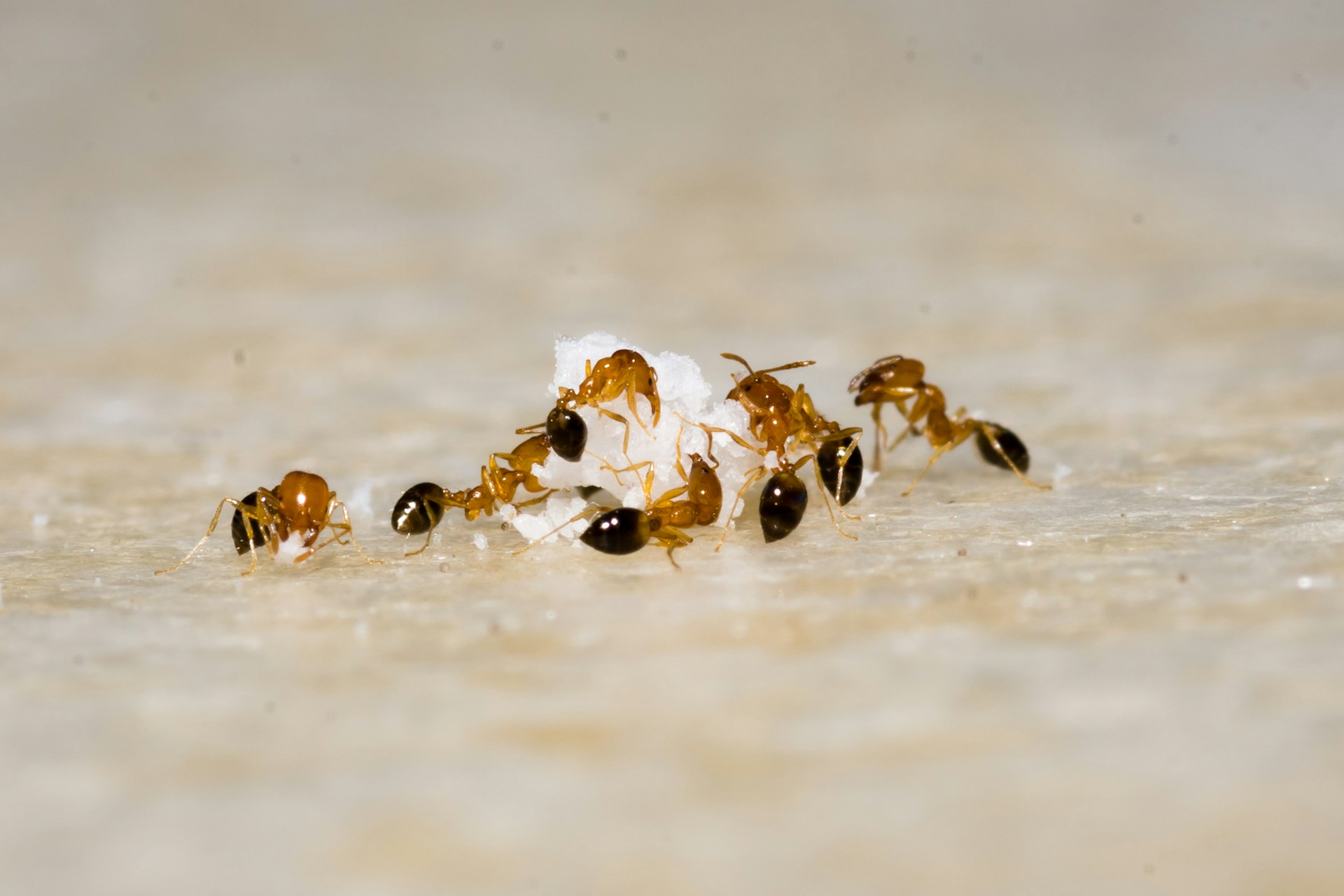Common Household Pests and How to Control Them
Key Takeaways:
- Pest infestations can cause significant damage and health concerns if not addressed.
- Identifying the type of pest is the first step towards effective pest control.
- Professional help should be considered when DIY methods fail.
Table of Contents:
- Ants
- Cockroaches
- Rodents
- Termites
- Mosquitoes
- Fleas
- Bed Bugs
- Spiders
- Silverfish
- Wasps
- Conclusion
Ants
Ants are among the most common household pests and can be found almost anywhere food is present. They infiltrate homes through the most minor cracks and are often seen in kitchens and pantries searching for food. In regions such as El Paso, TX, the warm climate makes it essential to address ant infestations quickly. Effective pest control in El Paso, TX, can help eliminate these persistent invaders.
Control Tips:
- Maintain cleanliness, particularly in your kitchen, to eliminate food sources.
- Seal cracks and openings around windows, doors, and foundations.
- Utilize ant baits and traps, and if the problem persists, seek professional pest control services.
Cockroaches
Cockroaches are hardy pests that can survive in various environments, making them challenging to eradicate. They are known for spreading diseases and contaminating food sources. Those searching for mosquito control near me can often find pest control professionals who also handle cockroach extermination.
Control Tips:
- Keep your home clean and free of food crumbs and waste.
- Fix any water leaks to eliminate moisture, which attracts cockroaches.
- Use cockroach baits, traps, and insecticides, and consider professional help for heavy infestations.
Rodents
Rodents such as mice and rats are a nuisance and pose severe health hazards through their droppings and potential to spread diseases. They are adept at finding shelter and food sources in homes, necessitating prompt action.
Control Tips:
- Seal any entry points around your home, including gaps and holes in walls and foundations.
- Keep food in sealed containers to avoid entry.
- Use traps and baits, and consult professional pest control if DIY methods are insufficient.
Termites
Termites can cause catastrophic damage to wooden structures by feeding on the wood’s cellulose. They are often hard to detect after significant damage, making early intervention critical.
Control Tips:
- Regularly inspect your property for any indications of termite activity.
- Keep woodpiles and other cellulose materials away from your home.
- Engage professional termite control services for inspection and targeted treatments.
Mosquitoes
Mosquitoes are not just a nuisance because of their itchy bites; they also carry dangerous diseases like West Nile virus and Zika virus. They breed in stagnant water, making it essential to eliminate potential breeding grounds.
Control Tips:
- Get rid of any pooled water on your premises to get rid of places where insects can breed.
- Use mosquito repellents and insecticides, especially during peak mosquito seasons.
- Put screens on windows and doors to prevent mosquitoes from entering your house.
Fleas
Fleas commonly plague households with pets, causing itching and discomfort for pets and humans. If not appropriately addressed, they can quickly infest a home.
Control Tips:
- Regularly vacuum your home, focusing on pet areas and furniture.
- Use flea treatments and preventive products on your pets.
- If an infestation is severe, professional pest control services may be necessary.
Bed Bugs
Bed bugs are tiny, nocturnal pests that can cause itchy bites. Due to their small size and ability to hide in tiny crevices, they are particularly challenging to eradicate.
Control Tips:
- Inspect and clean bedding, mattresses, and furniture regularly.
- Use bed bug-proof mattress covers and encasements.
- Seek professional extermination services for significant infestations.
Spiders
Although most spiders are not dangerous, certain types can be a threat because of their poisonous bites. Spiders frequently come into houses looking for nourishment and protection.
Control Tips:
- Keep your home free of clutter and regularly clean to reduce hiding spots.
- Close any openings in windows, doors, and foundations to prevent drafts and leaks.
- Use spider repellents and traps to control their population.
Silverfish
Silverfish thrive in damp environments and can damage books, clothing, and wallpaper by feeding on starches and cellulose.
Control Tips:
- Reduce humidity in your home using dehumidifiers and proper ventilation.
- Store items like books and clothing in airtight containers to protect them from silverfish.
- Apply insecticides or use natural remedies like diatomaceous earth to eliminate these pests.
Wasps
Wasps can be particularly aggressive and deliver painful stings, making them a significant concern for homeowners. They often build nests in sheltered areas around homes.
Control Tips:
- Frequently check your property for any wasp nests and eliminate them upon discovery.
- Use wasp traps and repellents to deter them from populating around your home.
- To ensure safe removal, professional pest control is recommended for large or hard-to-reach nests.
Conclusion
Dealing with household pests is a common challenge for many homeowners. Although certain pests can be handled through do-it-yourself techniques, others necessitate professional assistance for effective management. By gaining knowledge about the actions and management techniques for every kind of pest, you can enhance the security of your residence and sustain a secure and pleasant living space. Timely maintenance and immediate response to early pest sightings can stop small problems from escalating. Always consider contacting pest control experts if you are overwhelmed by an infestation.

